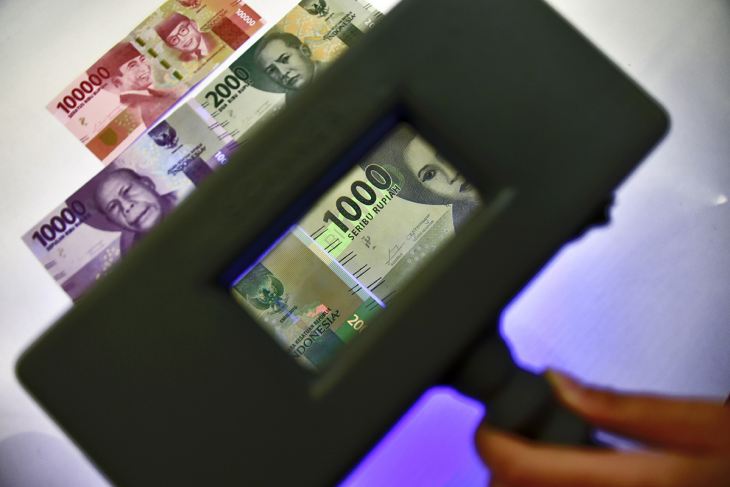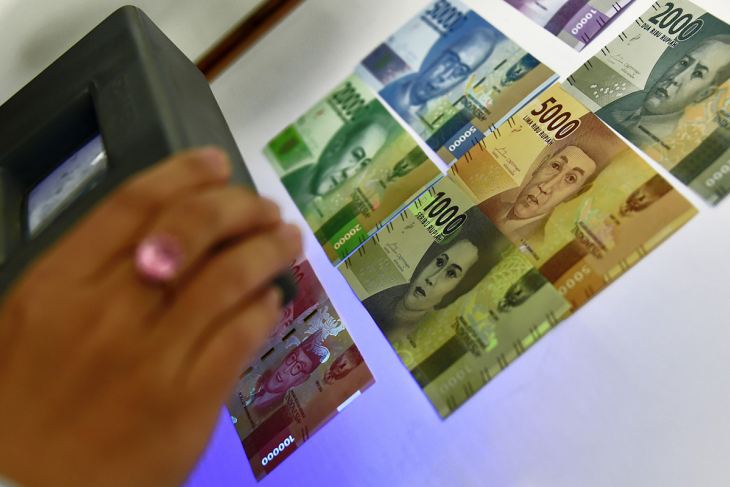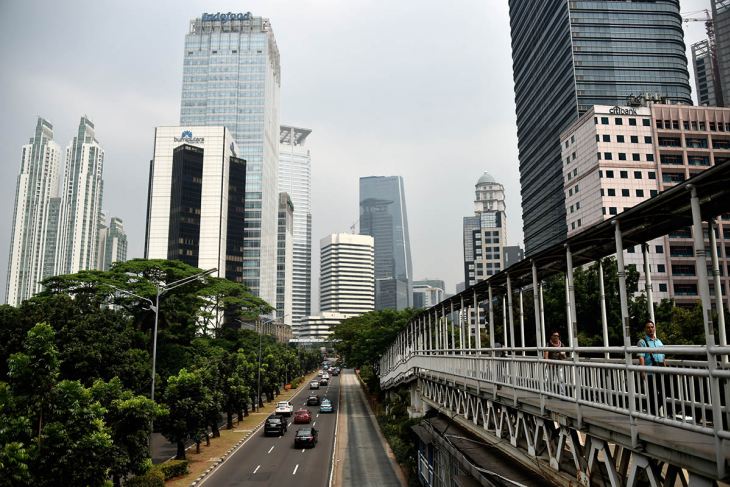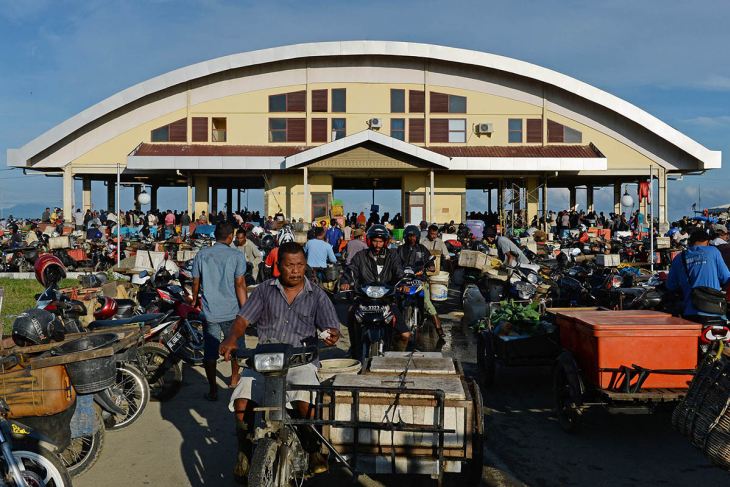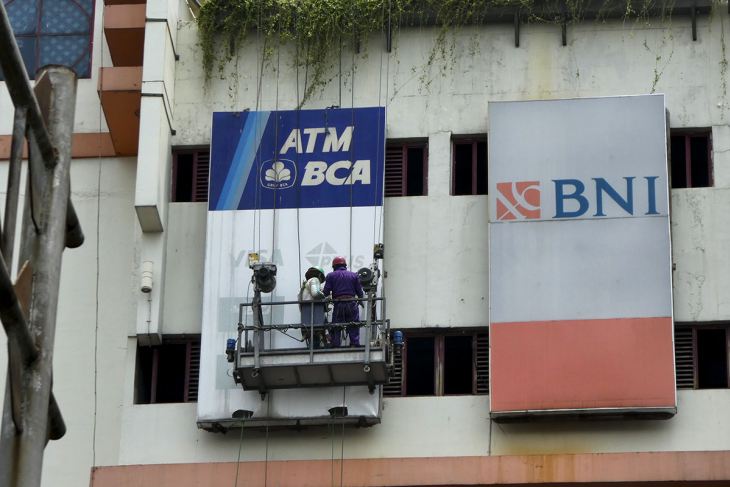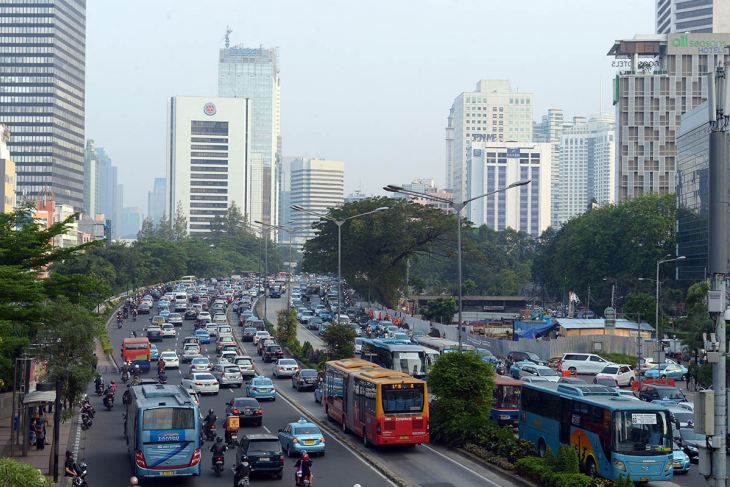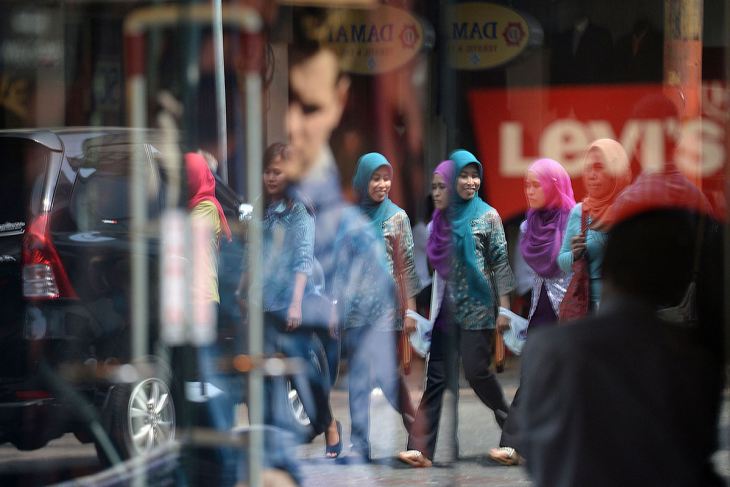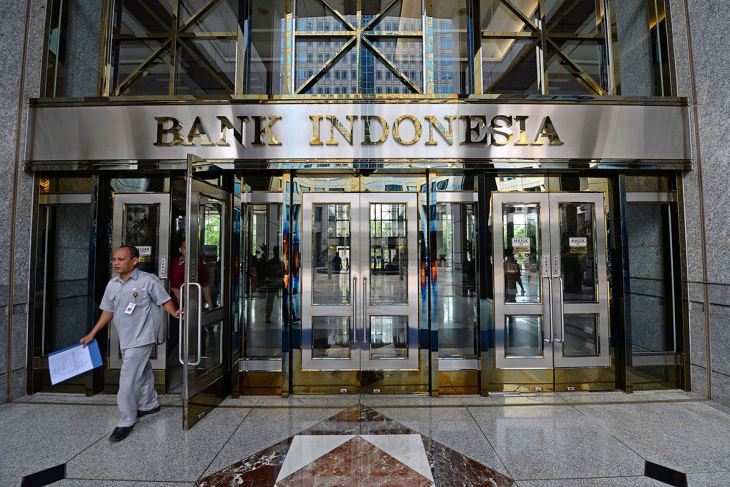Central Bank of Indonesia
Indonesia’s central bank signaled the end of monetary policy easing as it focuses on inflation risks, such as rising food and oil costs.After keeping the benchmark interest rate at 4.25 percent – as forecast by all 24 economists surveyed by Bloomberg – Assistant Governor Dody Budi Waluyo indicated there’s limited room for rate cuts after eight reductions in the past two years.“The monetary stance remains neutral,” he said. “We will bring inflation to meet the target of 3.5 percent.
As central banks around the globe get ready to pull the trigger on interest rates, Southeast Asia’s biggest economy is in no rush to do the same.After reducing interest rates eight times since the beginning of last year, most recently in August and September, it’s unclear how Bank Indonesia will proceed next year: economists are split on whether policy makers will hike, keep rates unchanged or ease some more.“Strong growth and higher inflation, coupled with continued Fed rate hikes, should pu
Indonesia's economy grew more slowly than expected in the third quarter, dimming hopes that a high-profile drive to boost Southeast Asia's biggest economy will hit its GDP target this year.The economy expanded 5.06 percent in the July-September period from a year ago, a little below market expectations and off the government's target of 5.2 percent growth for 2017.President Joko Widodo came to power in 2014 on a pledge to boost annual growth to seven percent annually but his go
Indonesia’s finance minister said Southeast Asia’s biggest economy could expand at a faster pace next year than initially forecast.Economic growth may potentially be boosted by a pickup in investment in 2018, Sri Mulyani Indrawati said in an interview in Jakarta Friday.
Indonesia’s success in taming consumer prices provides room for lower interest rates, President Joko Widodo said, while making it clear that it was the job of the central bank to determine whether to cut.Inflation will average less than four percent this year, down from more than eight percent in 2014 when he took office, Widodo – also known as Jokowi – said in an interview at Huta Ginjang, overlooking the picturesque Lake Toba, where he had been to open a newly upgraded airport nearby.
Indonesia is on track to become a trillion-dollar economy and should be the envy of Southeast Asia. Yet on some key measures, the region’s biggest economy is falling behind.The nation lags its neighbours on infrastructure development, faces a fiscal shortfall that’s heaping pressure on the state budget and still has 28 million people living in poverty.
Almost four million new jobs, rising wages and eight interest-rate cuts in Indonesia should have been enough to spur consumers into action in the world’s fourth most populous nation.Instead, an increasing number of people are keeping a tight grip on their purse strings and putting their money in the bank, leaving policy makers and economists perplexed.
Indonesia’s central bank should avoid cutting interest rates further because borrowing costs are at an appropriate level even as loan growth remains subdued, according to the chief of the country’s biggest lender.The current benchmark rate of 4.25 percent is “quite optimal,” Bank Mandiri President Director Kartika Wirjoatmodjo said in an interview on September 28. “Overall liquidity is much better” and “is not an issue anymore,” he said.
Indonesia’s e-commerce market is targeted to grow from 19 billion dollars in 2016 to 130 billion dollars in 2020, according to data obtained from Indonesia’s ICT (Information and Communications Technology) Ministry. This puts Indonesia ahead in terms of digital economy growth against its other ASEAN counterparts – with a year-on-year growth of 51 percent. Indonesia’s growing digital economy is riding on its fast-growing usage of smartphones – which amounted to 71 million users in 2016.
